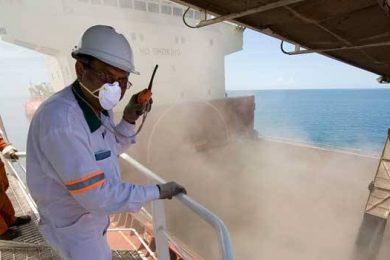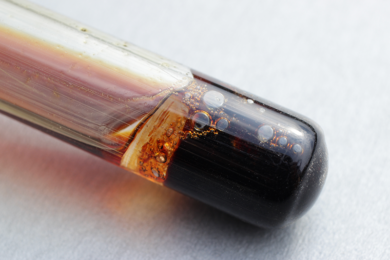Mozambique’s extractive sector currently represents less than 4% of economic activity but has scope to grow considerably. With recent exploitation of vast coal reserves in Tete, discoveries in Niassa, and worldclass natural gas deposits in the Rovuma basin, the mining and natural resources sectors are poised for growth. In the period between 2010 and 2015, over $10 billion was invested in these sectors – with a further $34 billion set to be invested to 2020. Reports a new African Mining Report from Roskill: Mozambique.
Mining sector highlights include:
- Nine coal projects in the Tete region. A total of four are in production and the rest are in various stages of development
- Montepuez may have the world’s largest ruby deposit and its rubies are marketed at auctions, mostly in Singapore.
- Zircon production, which began in 2007 when Kenmare Resources opened its Moma HM operation. Mozambique has other HMS projects that are in various stages of development.
- The country has a long history of conventional and artisanal tantalum-niobium production that was interrupted by civil war. Since that time, there has been major reconstruction and rehabilitation of mine operations and production of tantalum has re-started.
- Other projects at various stages of development include those for heavy mineral sands, coal, gold, graphite & vanadium, zircon and tantalum.
However, there are current downside risks to the mining sector in Mozambique, most notably the lack of proper infrastructure, which results in an inability to meet the demands of the mining sector. Falling global commodity prices, coupled with infrastructure bottlenecks associated with connecting the hinterland areas rich in natural resources to the ports, has delayed the unlocking of the true value of the country’s natural resource riches.










